Barcelona executives and the RFEF’s technical leadership have opened a direct line to align on Lamine Yamal’s day-to-day medical monitoring, with club doctors coordinating updates. Barça publicly back Dr. Ricard Pruna, signaling a unified stance amid national-team overlap. From a rival vantage, this reads like an admission that caution will rule, and any comeback could stretch longer than optimistic estimates. Meanwhile, background noise intensifies around a left-sided defensive addition, with Nico Schlotterbeck emerging as the headline option and Gonçalo Inácio tracked as an alternative, all while wage-structure discipline is reiterated through Frenkie de Jong’s ongoing contract framework.
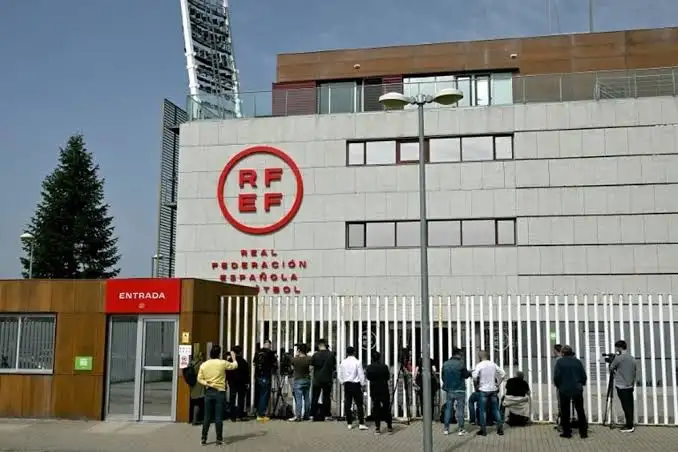
Senior Barcelona figures and the RFEF’s technical department held recent conversations to streamline medical communication for Lamine Yamal, agreeing that doctors will coordinate and share daily updates. The club simultaneously reaffirmed full trust in head of medical services Dr. Ricard Pruna. Around the squad, boardroom planning continues: Frenkie de Jong’s salary framework remains aligned with the club’s structure, and recruitment staff are evaluating a left-sided defensive signing, with Nico Schlotterbeck viewed as a primary option and Gonçalo Inácio monitored. Any move will be conditioned by Andreas Christensen’s situation and the overall financial picture.
❗️Deco and Aitor Karanka (RFEF Technical Director) recently spoke & exchanged emails to improve communication between Barça & RFEF. Now, with Lamine, it’s up to the doctors to coordinate and share updates on his day to day condition. Barça maintains full trust in Dr. Pruna,
@Barca_Buzz
Impact Analysis
From a rival-club lens, the creation of a formal Barça–RFEF medical conduit is a tell: Barcelona intend to slow the tempo around Lamine Yamal’s availability and remove ambiguity over who green-lights his activity. That typically translates into conservative load management, capped minutes on return, and a reduced tolerance for risk—especially around congested periods. For opponents, that means fewer one-vs-one nightmares on the right flank and a more predictable build-up structure from Barça, as they’ll lean harder on possession control rather than explosive wide isolations.
Operationally, a doctor-led protocol lowers the chance of mixed messages between club and country, cutting out public friction but also lengthening the decision cycle. Expect thorough daily baselines (subjective wellness, hamstring readiness, neuromuscular markers) before any sprint exposure. If Pruna’s team prioritizes longitudinal data over short-term match needs, international call-ups may come with stricter thresholds, which benefits rivals in the short term.
Strategically, the parallel pursuit of a left-sided defender—Schlotterbeck at the forefront—signals Barça want immediate stability on their weak side, reducing transitional exposure while their starlet recovers fully. A sturdier back line would lower game-state volatility, but it won’t replicate Lamine’s gravity. Net impact: Barcelona may look more secure without necessarily being more incisive, offering opponents clearer triggers to press and counter.
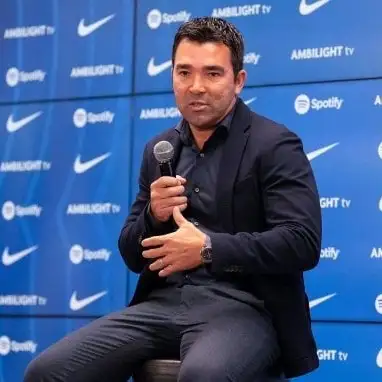
Reaction
Fan discussion split along familiar lines. A large bloc applauds the handshake between club and federation, urging that the same clarity be extended to other high-minute youngsters like Pedri and Pau Cubarsí. They see structured, doctor-to-doctor communication as overdue, arguing that standardized protocols should trump patriotic pressure during international breaks.
Another segment vents frustration at national-team medical handling, citing instances where players reportedly received aggressive pain management and returned with setbacks. Some voices go further, alleging institutional biases, while others push back, warning against conspiracy narratives and calling for evidence-based debate. The common thread: anxiety that repeated micro-issues can snowball across a long season.
On the roster-building front, discussion around Schlotterbeck gathers momentum. Supporters enthusiastic about his profile—left-footed, progressive passing, front-foot defending—frame a fee near the low-40M range as strong value, while pragmatists wonder how the move squares with financial levers and the status of Andreas Christensen. In parallel, calm approval greets updates that Frenkie de Jong’s numbers would remain within an orderly wage structure, seen as a necessary shift from past excesses.
Social reactions
Karanka is a former Madrid player, out there to ruin Barca players with injuries
AB (@abayunus)
🚨🎖| 𝐉𝐔𝐒𝐓 𝐈𝐍: Frenkie de Jong’s new deal will fit within Barça’s current wage structure. He’s expected to earn around €6M net (€12M gross), on par with Pedri and lower than likes of Lewandowski, Raphinha, Lamine and Ter Stegen. [, ] #fcblive 💶
BarçaTimes (@BarcaTimes)
🚨 Barcelona club is searching for a left-back signing. Nico Schlotterbeck is the primary option, and they continue to monitor Gonçalo Inácio as an alternative. The final decision will depend on the development of Christensen's situation and the club's financial status in the
Barça Universal (@BarcaUniversal)
Prediction
Short term, expect regimented daily bulletins, progressively ramped field work, and an initial cap on Lamine’s match exposure—think sub appearances, controlled minutes, and pre-planned substitutions. The medical channel will likely evolve into a template used for other core players, making national-team releases contingent on objective readiness scores and post-match recovery windows. Opponents should anticipate fewer last-minute turnarounds and more conservative decisions, especially ahead of high-intensity fixtures.
Market-wise, Barcelona are poised to advance groundwork on a left-sided defensive addition. If Christensen’s situation nudges toward uncertainty or a sale, the club will accelerate talks for Schlotterbeck, leveraging his contract horizon to negotiate add-ons rather than an inflated base fee. Should finances tighten, Gonçalo Inácio remains a credible alternative, albeit with Sporting’s leverage demanding structured payments. Either path suggests an intent to harden the back line while they nurse attacking assets back to peak condition.
By the next international window, expect a codified club-country protocol and a visibly fresher Lamine, still managed prudently. The broader squad will tilt toward control-first football; rivals will find fewer chaotic exchanges but more opportunities to press in defined zones. If the transfer lands, the tactical balance shifts: stronger rest-defense, marginally reduced wing reliance, and a steadier points cadence.
Latest today
- Barcelona push for Julián Álvarez gathers pace as Barça explore complex route via Atlético
- Real Madrid to activate Nico Paz buy-back in January, player informed
- Matheus Cunha suffers training knock as rival camp doubts quick return
- Idrissa Gana Gueye’s slap on Michael Keane: why the red card was the correct call
Conclusion
The new Barça–RFEF medical track is more than optics; it’s an operational pivot that prioritizes data-led caution over short-term adrenaline. From a rival viewpoint, that’s welcome: fewer full-throttle Lamine bursts and a greater chance that Barcelona pace his comeback beyond optimistic timelines. It’s sensible medicine—and a competitive opening.
Simultaneously, roster calibration continues. A left-sided defender like Schlotterbeck would plug structural leaks, enabling higher rest-defense lines while the attack redistributes responsibility in Lamine’s partial absence. Financial guardrails, reaffirmed through Frenkie de Jong’s framework, hint at pragmatic deal-making rather than headline-chasing gambles.
Put together, Barcelona look set to trade a measure of immediate unpredictability for durability and control. For opponents, the plan is clear: target the flanks when Lamine is managed, stress the first phase under pressure, and force decisions in zones where his gravity is usually the cheat code. Until he’s fully unleashed again, the margins tilt a touch toward the chasers.







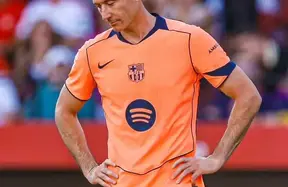
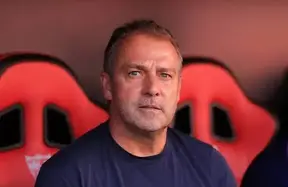
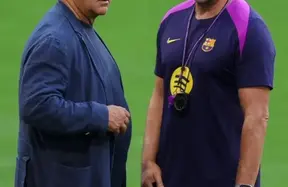
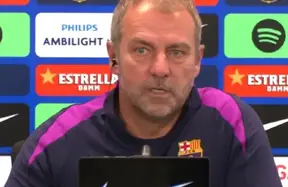
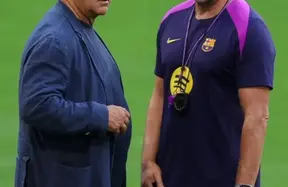
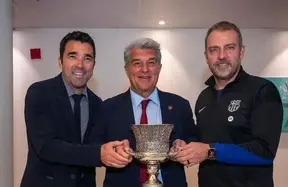
AB
Karanka is a former Madrid player, out there to ruin Barca players with injuries
BarçaTimes
🚨🎖| 𝐉𝐔𝐒𝐓 𝐈𝐍: Frenkie de Jong’s new deal will fit within Barça’s current wage structure. He’s expected to earn around €6M net (€12M gross), on par with Pedri and lower than likes of Lewandowski, Raphinha, Lamine and Ter Stegen. [, ] #fcblive 💶
Barça Universal
🚨 Barcelona club is searching for a left-back signing. Nico Schlotterbeck is the primary option, and they continue to monitor Gonçalo Inácio as an alternative. The final decision will depend on the development of Christensen's situation and the club's financial status in the
Kartik 📟
Screw these RFEF jerks, always sabotage us
Der Vart
Do the same with Pedri, Cubarsi, and those who will be with the national team. The national team doctors are crap. Giving him painkillers isn't even the ones in my city, lol. Consequences: Nico Williams has been injured for several weeks, the same with Lamine.